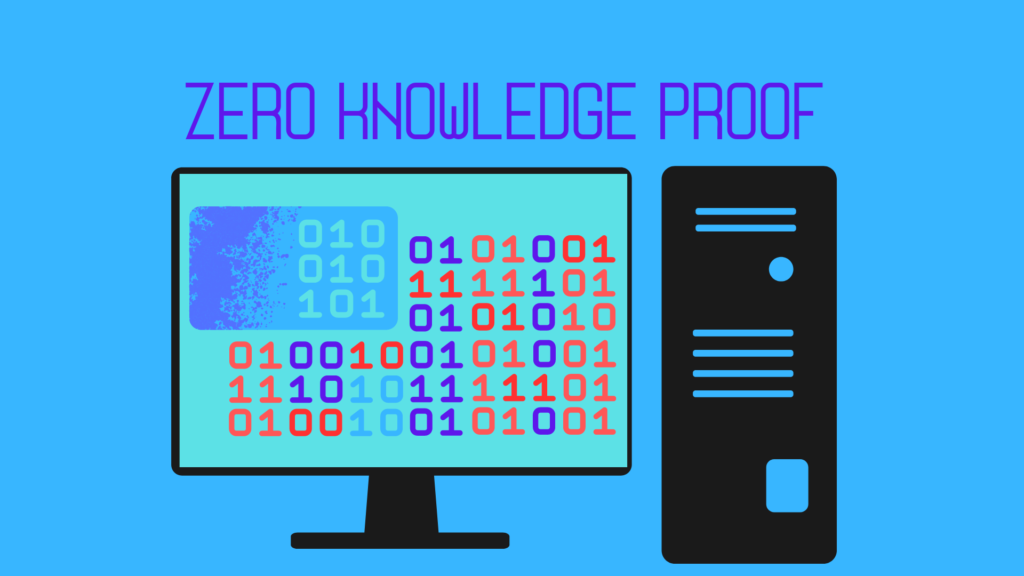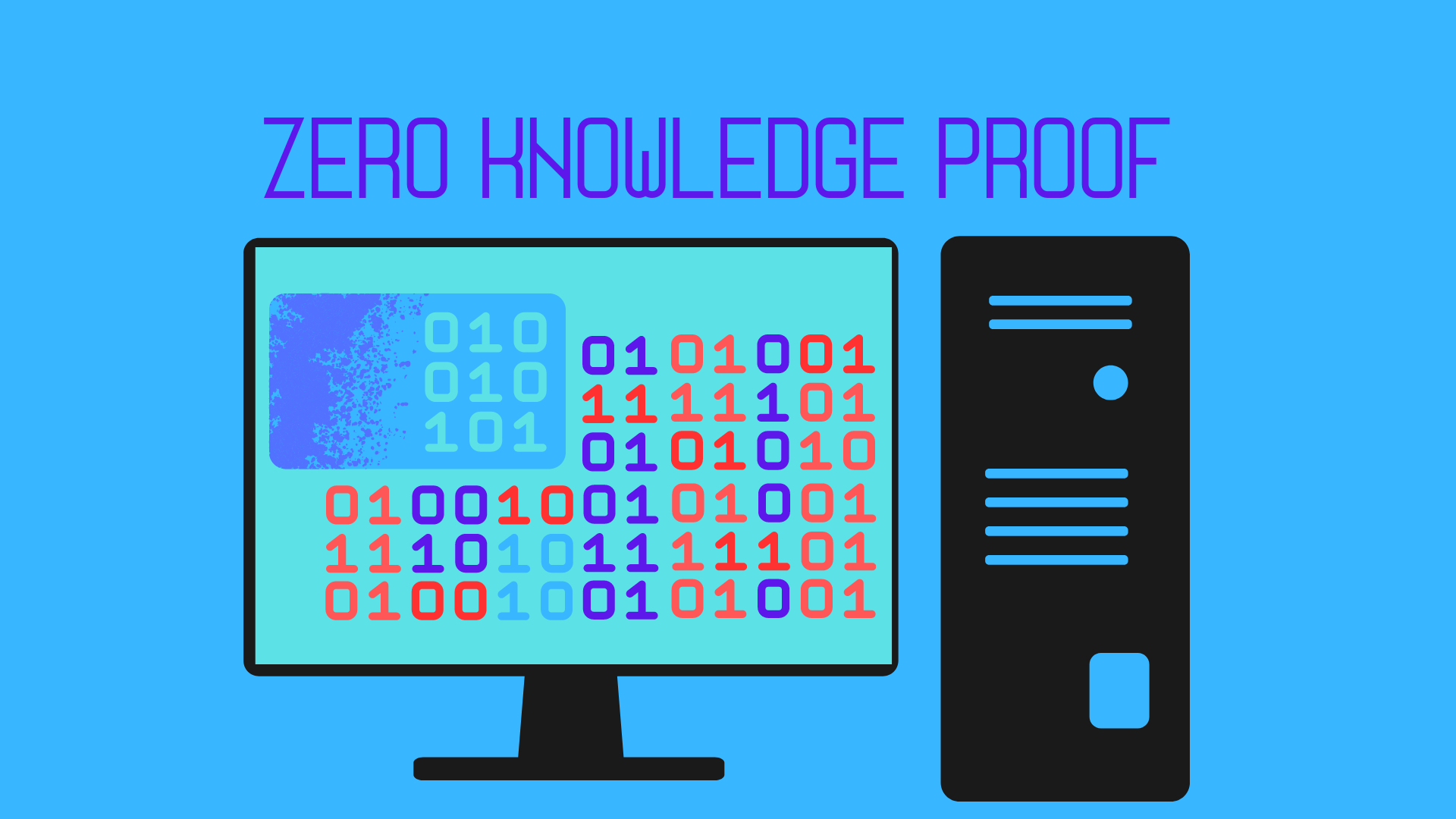
What is Cryptography?
Cryptography, the clandestine art of secure communication, dances with the shadows of secrecy and authentication. Picture this: a covert meeting of hash functions, asymmetric encryption, and symmetric encryption, intertwining their steps to orchestrate a symphony of secure exchanges. In this dance, algorithms like those found in PGP, OTR, and VPNs join forces, each playing a distinct role.
The Dance Partners: Hash Functions, Asymmetric Encryption, and Symmetric Encryption
In this cryptographic waltz, hash functions emerge as the choreographers, allowing us to gracefully identify files, text, and keys. Asymmetric encryption then takes the lead, securely exchanging encryption keys over insecure channels. Symmetric encryption follows, twirling in to efficiently encrypt large amounts of data. And let’s not forget the key exchange functions, waltzing in to securely negotiate encryption keys over those precarious channels.
Spotlight on Zero-Knowledge Proofs
Enter the enigmatic zero-knowledge proofs, the wallflowers of the cryptographic ball. These encryption schemes hold the power to prove that you possess knowledge without unveiling its essence. It’s akin to showing you’ve cracked a puzzle without spilling the solution.
Diving into the Depths: Interactive Zero-Knowledge Proofs
A Dance of Interaction
Interactive zero-knowledge proofs add a twist to the narrative. Unlike their non-interactive counterparts, they demand a tango between the one proving knowledge and the one validating the proof. Picture this as a secret whisper shared only between two confidantes, excluding the prying eyes of onlookers.
This exclusivity, while enhancing privacy, brings forth an added layer of effort and cost when proving your knowledge to multiple parties. It’s like having a personal conversation in a crowded room – intimate, but not without its challenges.
Interactive Zero-Knowledge Proofs
Imagine a scenario: a colorless, odorless, and tasteless poison mirrors the appearance of water. Someone claims they possess a unique vision to discern the two without revealing which is which. How can you verify their claim without risking a lethal sip?
The proof unfolds like a magic trick. Blindfold the claimant, swap or keep the glasses in place, and ask if they’ve switched. If their vision is genuine, they’ll correctly reveal the change. Repeat the experiment, and with each iteration, the probability of them guessing correctly diminishes. It’s a dance of certainty, with the odds stacked in favor of genuine knowledge.
The Assurance of Zero-Knowledge Proofs
With each successful repetition, certainty blossoms. You, the verifier, can reach a staggering 99.9% conviction that the claimant truly possesses the knowledge. Yet, the magic lies in the fact that observers remain unconvinced. The dance between verifier and claimant, though convincing, leaves spectators skeptical. The abstract world of mathematics offers certainty, though practicalities may introduce loopholes.
Mechanics: Why Zero-Knowledge Proofs Work
The essence lies in convincing you, the verifier, with 99.9% certainty that the knowledge is authentic, while the specific details remain veiled. However, an onlooker remains skeptical, pondering potential collusion between verifier and claimant. In the dance of certainty, the underlying truth remains hidden, leaving room for doubt.
Proxy.Pac functions
🗒️ Answer
Proxy.Pac functions as a configuration file used by web browsers to define how requests are handled. It contains JavaScript functions that determine the proxy server to be used for a particular URL. These functions can include conditional statements, allowing dynamic selection of proxies based on factors like IP address or URL patterns.
To integrate ForestVPN with Proxy.Pac functions, you can create rules that direct specific traffic through ForestVPN servers. This enhances security and privacy by channeling traffic through a secure VPN connection. ForestVPN’s robust encryption and global server network make it an ideal choice for seamlessly integrating with Proxy.Pac functions.
For a step-by-step guide on configuring Proxy.Pac functions with ForestVPN, check out our ForestVPN Knowledge Base.
Remember, your online security matters. Choose ForestVPN for a secure and private browsing experience.
Frequently Asked Questions
1. How secure are zero-knowledge proofs?
Zero-knowledge proofs provide a high level of security, with a cumulative certainty that increases with each successful iteration. However, practical implementations may introduce vulnerabilities.
2. Can interactive zero-knowledge proofs be efficient?
While interactive zero-knowledge proofs enhance privacy, they come with added effort and cost when proving knowledge to multiple parties. Efficiency may be compromised in scenarios requiring widespread validation.
3. Are there weaknesses in the presented example of zero-knowledge proofs?
The presented example, though illustrative, has practical weaknesses. In the real world, factors like security cameras or motion sensors could compromise the integrity of the proof.
4. How do zero-knowledge proofs contribute to cryptocurrency?
Zero-knowledge proofs have found recent application in cryptocurrencies, offering a secure way to prove ownership or knowledge without revealing specific details.
5. Can zero-knowledge proofs be used in everyday communication?
While intriguing, zero-knowledge proofs are primarily applied in specific cryptographic scenarios, such as secure transactions and cryptocurrency protocols.


